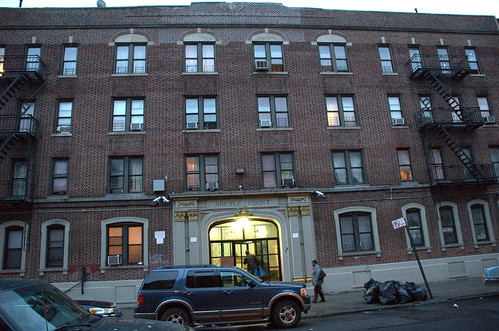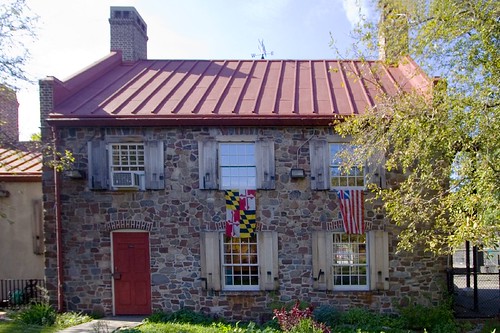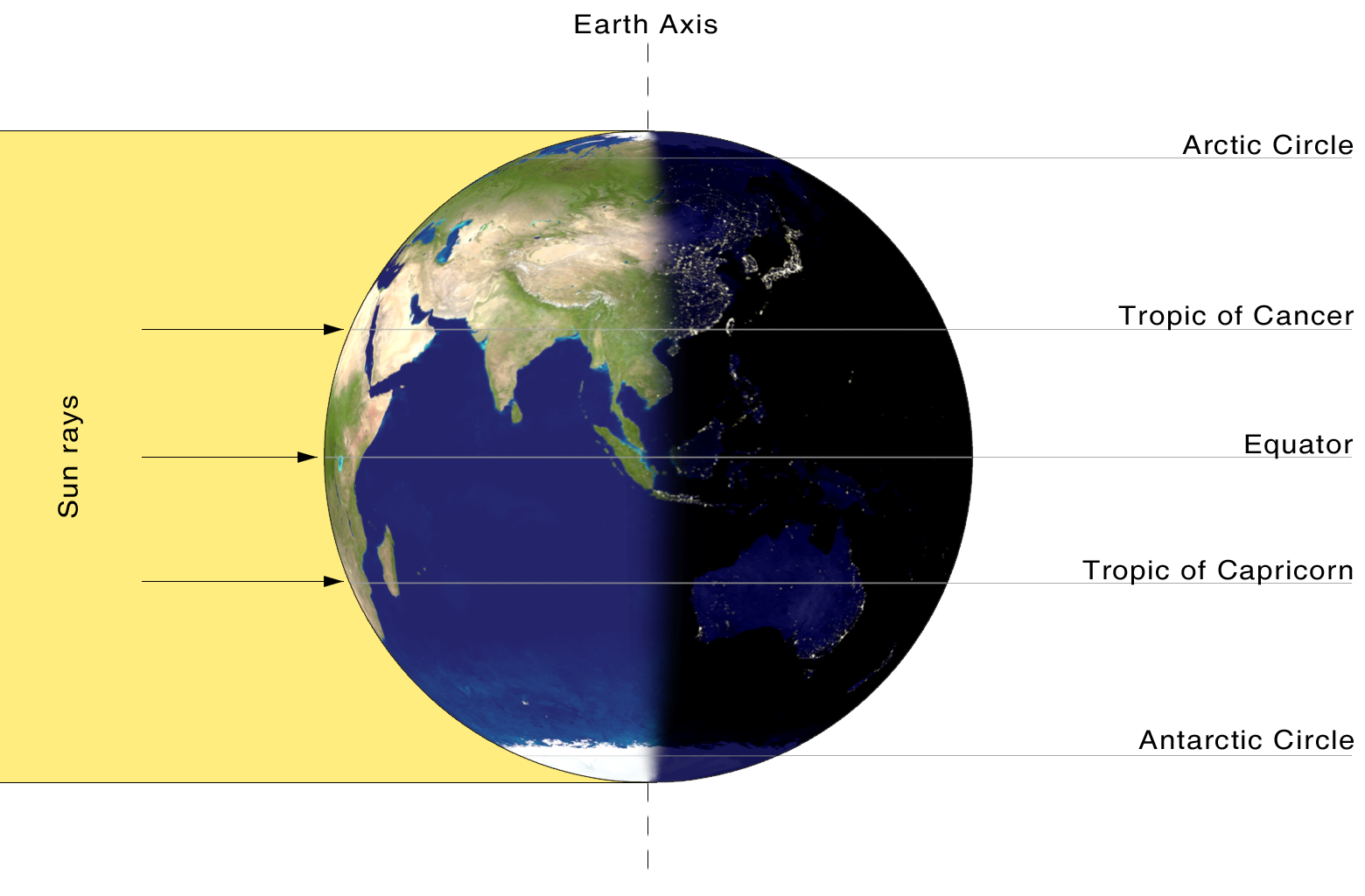On Thursday, April 26, the New York City Community Gardens Coalition will hold its First Annual Community Gardens Awards Dinner and Fundraiser.
This event is designed to raise awareness about the importance of community gardening, parks, and open space, as well as to serve as our annual fundraiser to provide support of our mission – advocacy for community gardens preservation in New York City. Awards will be presented to four(4) outstanding New Yorkers who have made exemplary contributions to New York City community gardens in 2006.
This year’s event will be held at the Alhambra Ballroom in Harlem, 2116 7th Avenue (W. 126th St.) from 6:00pm to 9:00PM. The program will include a presentation by our keynote speaker, Mr. Gerard Lordahl, Director of Open Space and Greening Program at the Council on the Environment of New York City, and recent President of the American Community Gardening Association, live music entertainment, a delicious dinner/dessert, and the Community Gardening Award presentations. The program will close with remarks from James Austin, President, NYCCGC Board of Directors. A “tax-deductible” contribution of $50 per ticket will admit you to this memorable event and includes a 1-year NYCCGC membership. …
We would like to have as many representatives of our community gardens as possible. … It will be an exciting event and a great opportunity to meet and network with your fellow gardeners. Exciting items also will be raffled during the evening.








